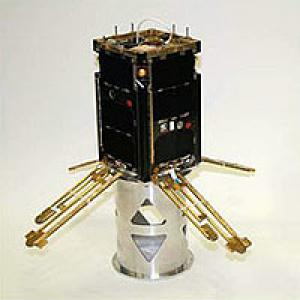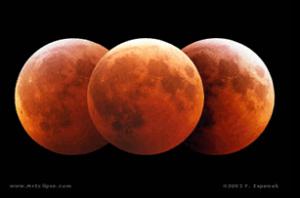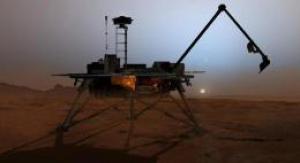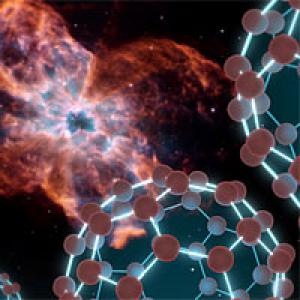kontakt
Wydział Fizyki i Astronomii,
pl. Maxa Borna 9,
50-204 Wrocław,
Sekretariat Instytutu Fizyki Teoretycznej
tel.: 71 375 94 08
71 375 95 66, 71 375 92 86
Sekretariat Instytutu Fizyki Doświadczalnej
tel. 71 375 93 02
Sekretariat Instytutu Astronomii
tel.: 71 337 80 60, 71 372 93 73, 71 337 80 61
Dziekanat
tel.: 71 375 94 04
godziny otwarcia dziekanatu:
9:00-13:00
(w środy nieczynny)
pl. Maxa Borna 9,
50-204 Wrocław,
Sekretariat Instytutu Fizyki Teoretycznej
tel.: 71 375 94 08
71 375 95 66, 71 375 92 86
Sekretariat Instytutu Fizyki Doświadczalnej
tel. 71 375 93 02
Sekretariat Instytutu Astronomii
tel.: 71 337 80 60, 71 372 93 73, 71 337 80 61
Dziekanat
tel.: 71 375 94 04
godziny otwarcia dziekanatu:
9:00-13:00
(w środy nieczynny)





